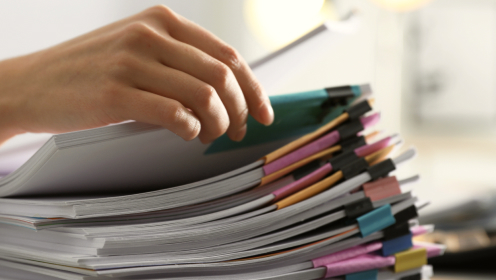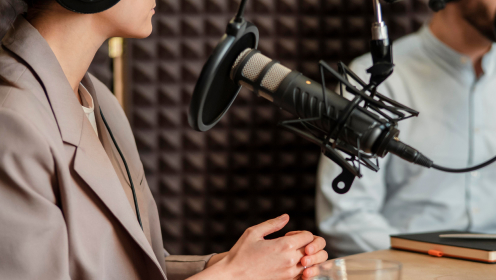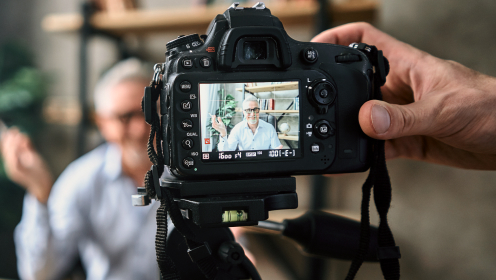The Economic Aid Act, which was part of the Consolidated Appropriations Act, expanded the definition of non-payroll expenses that are eligible for PPP forgiveness to include operations expenditures. These newly added categories are set to help restaurants in a large way.
RASI Compliance Director, Brian Smith, has compiled the top questions about the new benefits for restaurants and what they need to know for loan forgiveness!
Are the changes for PPP 2nd draw only?
The changes related to non-payroll expenses are for both the PPP 1st Draw and the PPP 2nd Draw.
What if a borrower has already applied for forgiveness for a PPP 1st draw loan?
If a borrower has already applied for PPP 1st Draw Forgiveness, they, unfortunately, cannot amend their application. Whatever was filed with their bank for forgiveness is what will be taken into consideration, so this new change doesn’t apply to the borrowers who’ve already applied for forgiveness.
Why are non-payroll costs so important to the PPP forgiveness process? Why wouldn’t a borrower just use wages = to 100% of their PPP loan?
The non-payroll costs are important because they will reduce payroll costs. The reason reducing payroll costs is important is because, for 2021, operators can claim the ERTC and the PPP in the same quarter or quarters. So, if the operator is planning on just using 100% Payroll Cost, they’re not going to leave as many wages as they could for the ERTC. The ultimate goal is to maximize the forgiveness of both ERTC crash credits as well as the PPP.
WATCH THE FULL VIDEO BELOW:
Which changes to the definition of nonpayroll costs will have the biggest impact on the restaurant industry?
The largest impact on the restaurant industry is what the SBA and Treasury refer to as Covered Supplier Costs. The definition of a Covered Supplier Cost is “a good that is purchased from a supplier of that good that is essential to your business.” So, in a restaurant, an example of a Covered Supplier Cost would be your inventory, which is essential to the business and now qualifies as a non-payroll cost. The purchase of course has to be completed through a purchase order or a contract, so just the operators’ normal buying from Sysco or U.S. Foods or any other purveyor from which they receive their food.
Other Important PPP Non-Payroll Definition Changes:
- Covered Operations Expenditures: Payments for any business software or cloud computing service that facilitates business operations — for example, the processing, payment, or tracking of payroll expenses, or accounting for business expenses.
- Covered Worker Protection Expenditures: Air ventilation or filtration system; a physical barrier such as a sneeze guard; PPE *personal protective equipment*.
*NOTE: All expenses need to have been incurred or paid during the covered period.
What type of documentation will be needed to claim non-payroll expenses on the PPP forgiveness application?
- Copy of Invoices
- Copy of Purchase Orders
- Receipts
- Canceled Checks
- Account Statements
Any of the above will be acceptable documentation for verification, so long as all payments were made during the Covered Period. It’s important to remember that ONLY expenses paid within the covered period, and ONLY expenses incurred within the covered period will qualify – nothing outside of the covered period would be accepted.
How long should an operator’s expense records be kept?
The Borrower must retain all such documentation in its files for six years after the date the loan is forgiven or repaid in full.







